
Developer: Burst2Flame Entertainment
Publisher: Burst2Flame Entertainment
Platform: PC, Switch, Xbox One
Tested on: PC
Stolen Realm – Review
Stolen Realm is a dungeon crawler published by Burst2Flame Entertainment that was released on the 8th of March 2024. The game combines elements of Dungeons & Dragons and Fire Emblem as well as classical RPGs. The game can be played alone with up to six characters or with up to five friends. Let’s see if they managed to capture the charm of these beloved games.
Story
Stolen Realm has a roguelike version and a normal campaign to play through. In the campaign, you play the story of an adventurer (or group of adventurers) who is looking for his father. This search may or may not lead you to interact with the tyrant of the realm and learn its secrets. This story is narrated which really makes it feel like a Dungeons & Dragons campaign where the game itself is the dungeon master. The only downside to the story is that it feels like an afterthought and that it’s all about completing quests and starting to punch things. The world map has the story nodes indicated but there is no immediate pressure to follow the story route. This does allow you to level up and get the hang of the game before starting to rush the story down.
Graphics
Stolen Realm has a nicely polished low-poly art style that reminds us of early RPGs like World of Warcraft and Dragon Nest. This blends nicely with the vibrant diorama-like dungeon rooms which float in a space to give an open view of the arena. The map and story screens are designed to give off a medieval vibe and succeed in this fantastically. The downside to working in low-poly is that there is a strict limit to the customization you can do to your character. The game ‘limits’ your customization to colorization and hairstyles. This only really matters in the beginning since the armor and weapons you equip will cover your customizations.
The only downside to the graphics of the game is the limited range of camera movement, which is probably also due to the isometric viewpoint. The camera will always keep your characters in view and rotates around them, so you can never look around the room before you actually move to that area of the room. The camera also has limited vertical movement which makes it more difficult to see the entire room.
Sound
The sound design is the least polished part of the game but it’s still amazing. The main menu, quest map, and the town have a nice, upbeat medieval jig. When you enter a quest the jig rapidly fades away and changes into a ghastly tune that signals the incoming beating you’re about to receive or dole out. The narration of the story is delivered via an unexcited, but not monotone, third person who ties it all together as a narrated Dungeons & Dragons campaign. If we have to give a negative it is that the vocalizations of the characters are very limited and can easily become repetitive.
Gameplay
Now let’s move on to the meat and potatoes: the actual gameplay; and boy is there a lot to discuss. The general flow of the game is the same as in any other RPG. In Stolen Realm, you start on your journey at level 1, and by progressing through the story and other quests you will gain levels and better equipment. This then helps you to beat higher-level quests. These quests include killing specific monsters or clearing a certain dungeon. You start in the main town area where you can buy and sell items like weapons, armor, potions, and so on.
Movement in the game is a ‘point and click’ affair with limited movement during combat. While in combat your movement is restricted to an area based on your stats. Combat is where the Fire Emblem and Civilization inspiration mechanics shine through. During your turn, you can use your movement in as many steps as you want and use abilities. Abilities are divided into two groups: with or without an action point cost. Abilities that do not cost an action point can be used whenever, as long as you have the mana for them. You can only use one skill that costs an action point every turn you take. This means that you can walk closer to a target, attack, walk out of reach, and heal yourself with a free ability all in one turn.
When creating a character, you can choose a template that will suggest a base stat spread and some starting abilities. However, if you wish, you can redistribute the stat points and choose any three skills on the lowest level of any skill tree. This freedom allows for a never-ending amount of creative expression. Whenever you level up, you can add five stat points and choose a new ability to add to your repertoire.
Playing can be done via single-player or multiplayer in various configurations. You can play alone and control between one and six characters or with friends controlling additional characters. The game itself has a difficulty setting but also keeps track of your level and the number of party members to adjust the difficulty accordingly. This difficulty setting is not simply adding new mobs or giving them more HP but combines both of these aspects while also adding in more high-level enemies.
Besides skills, the battlefield itself also gives plenty of ways to interact with the world around you. Dotting the battlefield you can find totems, globules, and casks. Totems project an aura around them that can be beneficial or detrimental to the person inside them. Totems affect both you and your enemies. Globules appear temporarily on the battlefield and either heal you, restore your mana, cleanse debuffs, or lower cooldowns. Casks explode when attacked and can deal damage or heal anyone in their vicinity. Casks and totems affect your allies and enemies and thus can be used to your advantage.
When out on a quest, whenever you reach a room there are small items and events to fill in the time between fights. This allows you to gather fish, plants, and temporary stat boosts. The items you can interact with for these minigames and buffs are always outlined and visible through other items in the area. You can use these items before triggering a new fight since combat only starts when you stand next to the enemy and click to interact with them.
Even in the campaign game mode, the quests behave as a dungeon crawl where you can choose your own path with certain options: Events, Treasure, Battle, and Hard Battles. This still gives the game a nice ‘choose your own adventure’ vibe. This still gives the main game a roguelike feel while casting off the less casual aspects of a roguelike. Dying in a room still gives you the option to retry the same room without losing progress. For people who crave the experience of a roguelike, the game has a roguelike mode. Between the campaign and the roguelike modes, the only main differences are limited character customization options, a different difficulty system, and the unlockable power-ups for consecutive runs in the roguelike.
Conclusion
Stolen Realm easily captures the wonder and excitement of Dungeons & Dragons but also that of older-style RPGs.The option to mix and match abilities from skill trees also makes it so the sky is the limit for your character. We definitely felt like we joined a new Dungeons & Dragons campaign and had a lot of fun exploring the various difficulty settings and skill trees. Fans of old-school RPG titles, albeit with modern conveniences, will probably get a kick out of this one.



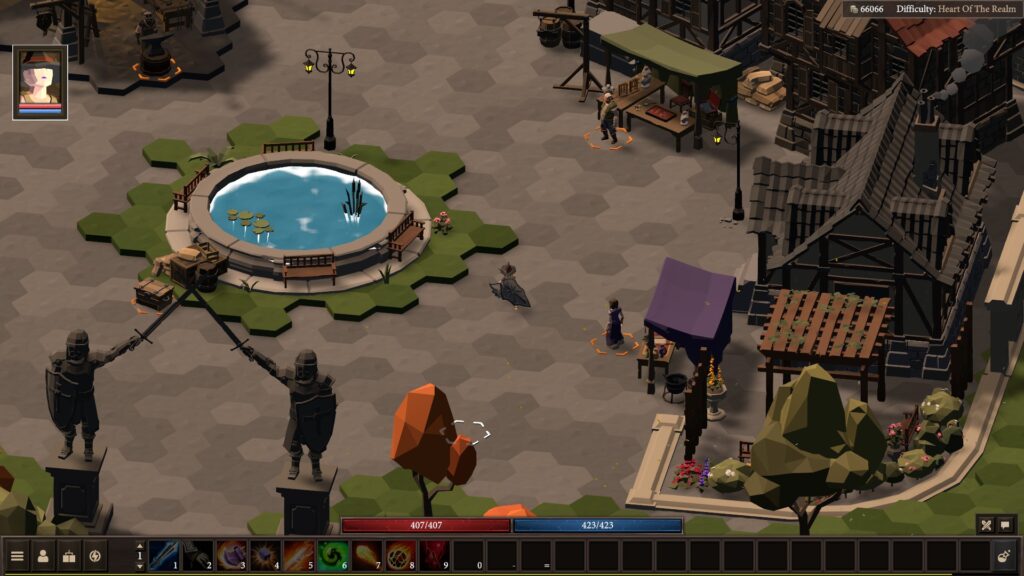
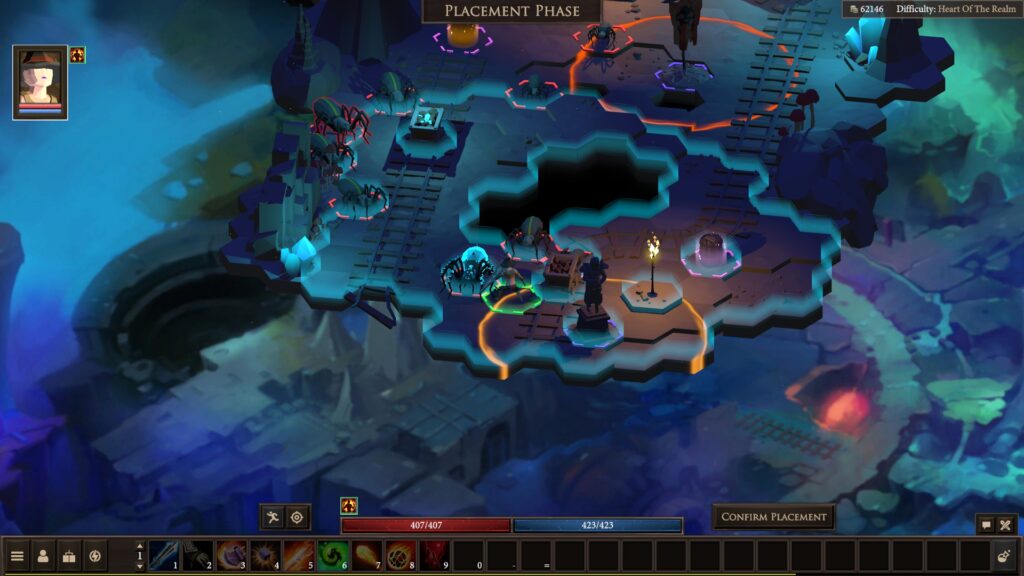


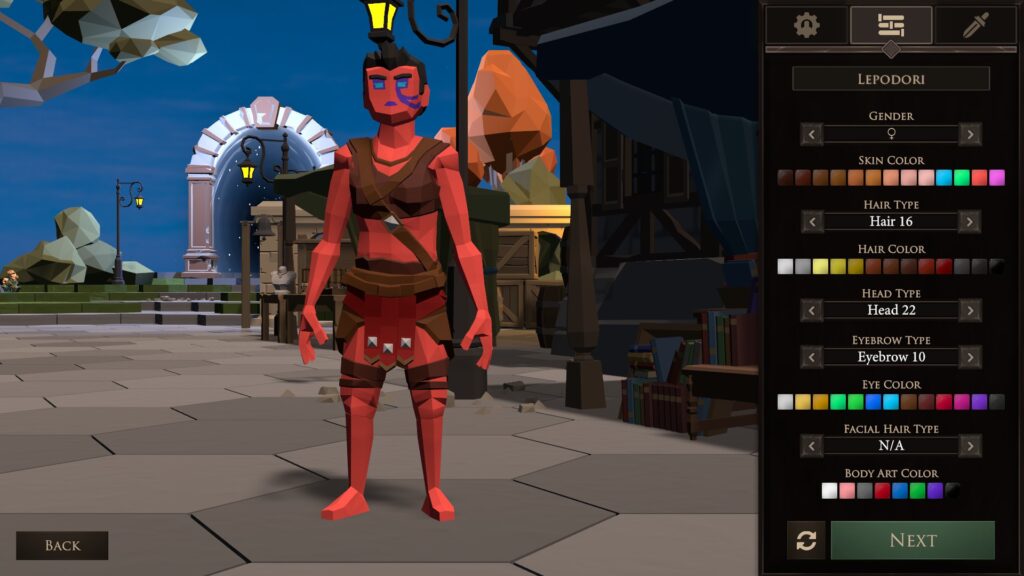
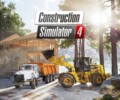
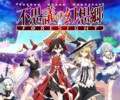
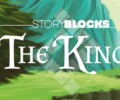

No Comments